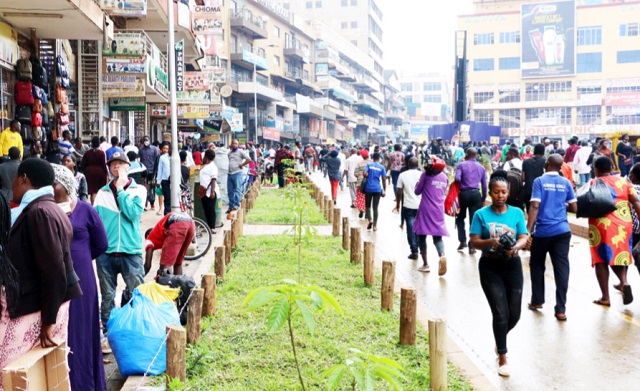
COVID-19 super-spreaders
But a study titled “Closed environment and COVID-19” by Japanese professors, Hiroshi Nishiura, Hitoshi Oshitani, Tetsuro Kobayashi, and others released in April by medRxiv says closed spaces promote what are called COVID-19 “super-spreading events”. The super-spreading events are where a COVID-19 infected person spreads the virus to three or more persons in one incident. According to experts, super-spreading conforms to the 80/20 rule, where approximately 20% of infected individuals are responsible for 80% of transmissions.
In an arcade setting, a super-spreading event could be if a trader passes the coronavirus to three on more people who come to the shop.
The researchers also said “it is plausible that closed environments contribute to secondary transmission of COVID-19”. Secondary transmission means the COVID-19 virus jumps from the primary case to another person who has come in close contact.
The trouble with secondary or super-spreading events happening in arcades in Uganda is they would not be easily detected. Routine testing for COVID-19 is unusual in Uganda. Instead, only individuals showing symptoms of the disease are tested. That is when tracing and tracking contacts starts. It is clear that by this time, the coronavirus from a single arcade could have spread exponentially.
In this study, 110 COVID-19 cases were examined among eleven clusters and sporadic cases to determine who acquired infection from whom. The clusters included four in Tokyo and one each in Aichi, Fukuoka, Hokkaido, Ishikawa, Kanagawa and Wakayama prefectures. The number of secondary cases generated by each primary case was calculated using contact tracing data. Of the 110 cases examined, 27 (24.6%) were primary cases who generated secondary cases. The odds that a primary case transmitted COVID-19 in a closed environment was 18.7 times greater compared to an open-air environment .
“Our findings are also consistent with the declining incidence of COVID-19 cases in China, as gathering in closed environments was prohibited in the wake of the rapid spread of the disease,” the scientists said.
All traced transmission events were examined in relation to close contact in indoor environments, including fitness gyms, a restaurant boat on a river, hospitals, and a snow festival where there were eating spaces in tents with minimal ventilation rate.
If superspreading events are defined as events where the number of secondary cases generated by a single primary case is greater than transmission to three or more persons, then seven of the 110 cases (6.4%) were involved in such events. Six of these events (85.7%) took place in closed environments.
The study was funded by the Japan Agency for Medical Research and Development (AMED), the Japan Society for the Promotion of Science (JSPS), the Inamori Foundation, and the Japan Science and Technology Agency (JST) CREST program.
Another study published in the “European Centre for Disease Prevention and Control” journal says several outbreak investigation reports have shown that COVID-19 transmission can be particularly effective in crowded, confined indoor spaces such as workplaces including factories, churches, restaurants, resorts, shopping centres, worker dormitories, cruise ships and vehicles, or events occurring indoor such as, parties, and dance classes.
They indicated that transmission can be linked with specific activities, such as singing in a choir or religious services that may be characterised by increased production of respiratory droplets through loud speech and singing.
According to this report, the duration that people stay in indoor settings appears also to be associated with the COVID attack rate.
For example, in a 2.5 hour choir practice in Washington, USA; there were 32 confirmed and 20 probable secondary COVID-19 cases among 61 participants, the researchers said.
An investigation at a call centre in South Korea showed an attack rate of 43.5% among 216 employees one floor indicating high transmission in crowded indoor workplace environment.
Interestingly, most of the infected employees were sitting at the same side of the floor which suggests the influence of closeness.
“The duration of contact played the most important role in spreading of COVID-19, since the cases were limited almost exclusively to the floor despite interaction with colleagues in other settings (such as the elevators and lobby),” the researchers said.
****
 The Independent Uganda: You get the Truth we Pay the Price
The Independent Uganda: You get the Truth we Pay the Price


